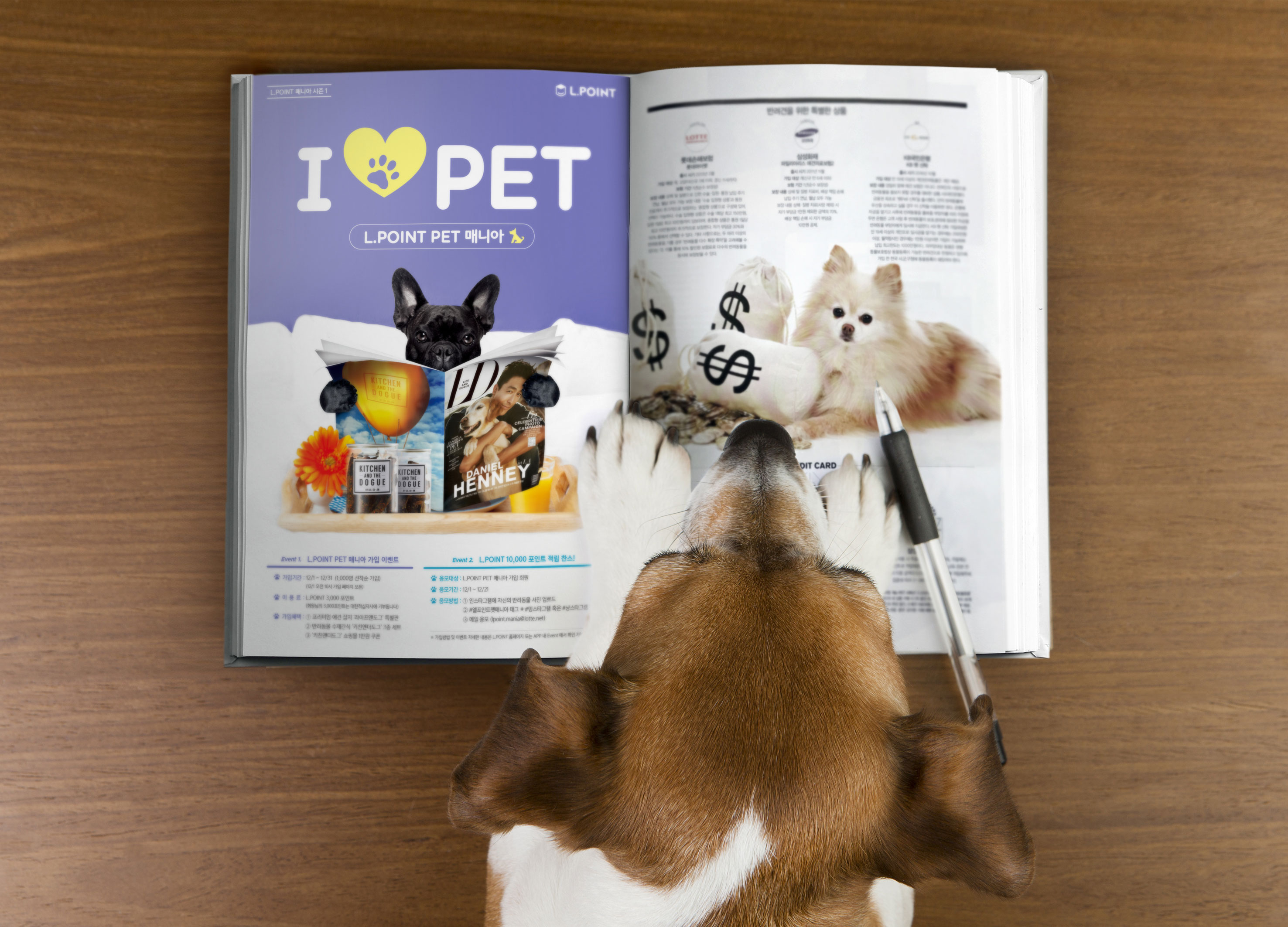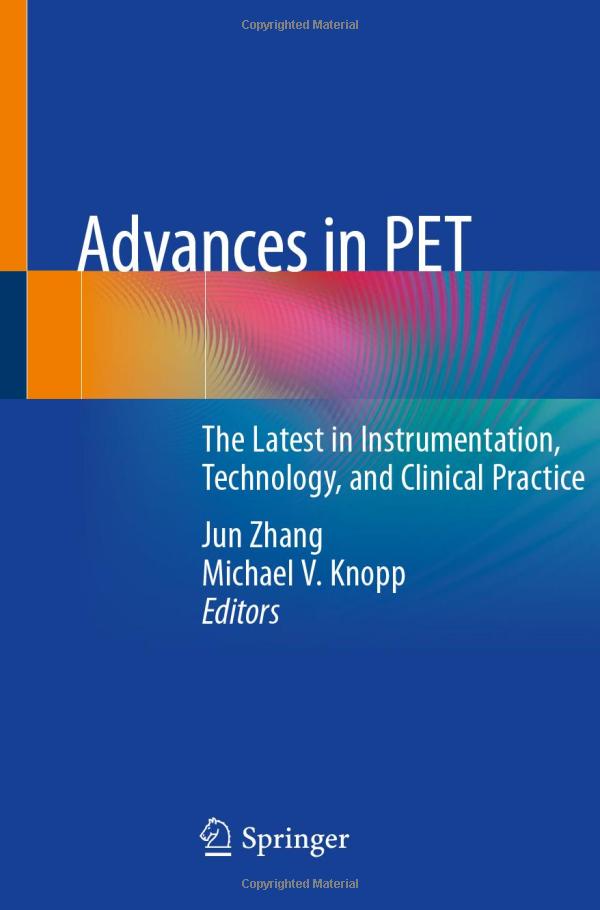Understanding the IPM Management Pet Policy: A Comprehensive Guide for Pet Owners
#### What is the IPM Management Pet Policy?The **IPM Management Pet Policy** refers to the guidelines and regulations set forth by Integrated Property Manag……
#### What is the IPM Management Pet Policy?
The **IPM Management Pet Policy** refers to the guidelines and regulations set forth by Integrated Property Management (IPM) to ensure a harmonious living environment for both pet owners and non-pet owners within a community. This policy is designed to address the needs of pet owners while maintaining the comfort and safety of all residents.
#### Importance of the IPM Management Pet Policy
The significance of the **IPM Management Pet Policy** cannot be overstated. It serves several purposes:
1. **Promotes Responsible Pet Ownership**: The policy encourages pet owners to take responsibility for their animals, ensuring they are well-behaved and do not disturb neighbors.
2. **Protects Property**: By outlining rules for pet behavior, the policy helps protect the property from damage caused by pets, such as chewing or scratching.
3. **Enhances Community Living**: A well-structured pet policy fosters a sense of community by ensuring that all residents, regardless of their feelings about pets, can coexist peacefully.
4. **Health and Safety**: The policy addresses health and safety concerns related to pets, such as vaccinations and leash laws, which can prevent potential hazards.

#### Key Components of the IPM Management Pet Policy
The **IPM Management Pet Policy** typically includes several key components:
- **Pet Registration**: Pet owners may be required to register their pets with management, providing details such as breed, size, and vaccination records.
- **Breed and Size Restrictions**: Some communities may impose restrictions on certain breeds or sizes of pets deemed inappropriate for the living environment.
- **Leash and Control Requirements**: The policy often mandates that pets be leashed or otherwise controlled when in common areas to prevent accidents and ensure safety.
- **Noise Control**: Guidelines regarding noise levels, such as barking, are usually included to minimize disturbances to neighbors.

- **Cleaning Up After Pets**: Pet owners are typically required to clean up after their pets in all areas of the property, promoting cleanliness and hygiene.
- **Designated Pet Areas**: Some properties may have specific areas designated for pet activities, such as dog parks, to provide a safe space for pets to play.
#### Benefits of Adhering to the IPM Management Pet Policy
Adhering to the **IPM Management Pet Policy** offers numerous benefits:
- **Peaceful Coexistence**: By following the guidelines, pet owners can help ensure a peaceful living environment for everyone, reducing conflicts between pet owners and non-pet owners.
- **Increased Property Value**: Well-maintained properties with responsible pet ownership practices can see an increase in property value, as they are more attractive to potential buyers and renters.

- **Community Reputation**: A community known for its effective pet policy can enhance its reputation, attracting more residents who appreciate a well-managed environment.
#### Conclusion
In conclusion, the **IPM Management Pet Policy** is a crucial aspect of community living for pet owners and non-pet owners alike. By understanding and adhering to this policy, pet owners can contribute to a harmonious living environment that respects the needs of all residents. This not only benefits individual pet owners but also enhances the overall quality of life in the community. Whether you are a current pet owner or considering bringing a pet into your home, familiarizing yourself with the **IPM Management Pet Policy** is essential for a positive living experience.